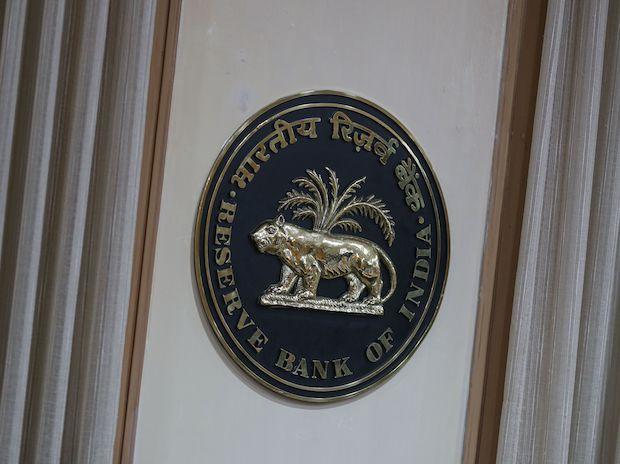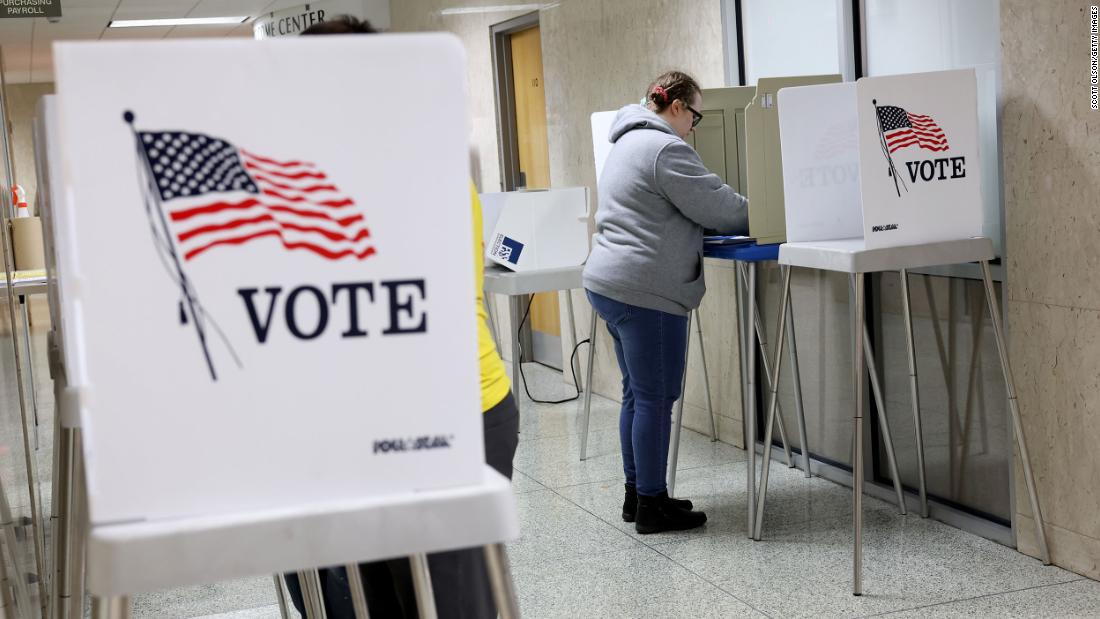The Reserve Bank of India (RBI) on Tuesday tweaked guidelines for banks on incremental capital and provisioning requirements in relation to unhedged foreign currency exposures, amid the weakness in the rupee vis-a-vis the US dollar.
The rupee has depreciated about 10 per cent against the US dollar thus far in 2022, and as a result there has been greater scrutiny of firms’ unhedged exposure through borrowings in foreign currencies.
“Entities which do not hedge their foreign currency exposures can incur significant losses during the period of heightened volatility in foreign exchange rates. These losses may reduce their capacity to service the loans taken from the banking system and increase their probability of default thereby affecting the health of the banking system,” the RBI said. The revised rules will come into force from January 1, 2023.
The incremental provisioning requirement is in the range of 20 basis points (bps) to 80 bps. In cases where banks face a potential loss or hit to earnings before interest and depreciation (Ebid) of more than 15 per cent but up to 30 per cent, lenders will have to increase provisioning by 20 bps, the RBI said.
Similarly, if the potential loss is more than 30 per cent and up to 50 per cent, the incremental provisioning requirement is 40 bps. If it is more than 50 per cent and up to 75 per cent, the requirement is 60 bps. And, in cases where the potential loss is more than 75 per cent, the requirement is 80 bps.
Besides, in such cases, the incremental capital requirement is a 25 percentage point increase in risk weights, the RBI said.
In the context of the directions, the Ebid for banks has the same meaning as defined for computing the debt service coverage ratio, the RBI said.
Banks must determine the foreign currency exposure of all entities at least on an annual basis, the RBI said, stipulating that the exposures should be computed using relevant accounting standards. For this purpose, banks have to take into account items maturing or having cash flows over the next five years.
“For arriving at the foreign currency exposure of entities, their exposure from all sources including foreign currency borrowings and external commercial borrowings (ECBs) shall be taken into account,” the RBI said.
Information on unhedged foreign currency exposures must be audited and certified by statutory auditors at least annually, the RBI said.
To arrive at provisioning and capital requirements, banks will have to determine the potential loss from unhedged exposure using the largest annual volatility in the US dollar/rupee exchange rates over the past 10 years, the RBI said. Unhedged exposures in currencies other than the US dollar must be converted into the American currency using prevailing market rates, it added.
The vulnerability to adverse exchange rate movements should be derived by computing the ratio of potential loss over the last four quarters, the central bank said. If banks cannot obtain such information from listed entities for the latest quarter, they can use data from the four preceding quarters.
These requirements will be over and above the prevailing ones applicable for standard assets and applicable credit risk weights, the RBI said. “For example: For an entity which otherwise attracts a risk weight of 50 per cent, the applicable risk weight would become 75 per cent,” the RBI said.
In its Financial Stability Report (FSR) of June, the RBI had highlighted that of the outstanding ECBs of $180 billion, 44 per cent or $79 billion was unhedged. At the end of June, India’s external debt was $617.1 billion, showing a decrease of $2.5 billion over the March-end levels.
Short-term debt on residual maturity basis constituted 45.4 per cent of total external debt as of June end, versus 43.2 per cent at the end of March, and accounted for 47.6 per cent of foreign exchange reserves. Short-term debt is that which matures within a year.

Note:- (Not all news on the site expresses the point of view of the site, but we transmit this news automatically and translate it through programmatic technology on the site and not from a human editor. The content is auto-generated from a syndicated feed.))




I have read so many articles or reviews on the topic of the
blogger lovers however this piece of writing is genuinely a nice paragraph, keep it up.
Its such as you read my mind! You appear to understand a lot approximately
this, like you wrote the guide in it or something.
I believe that you simply could do with some % to power the message home a little bit,
however other than that, that is excellent blog. A great read.
I’ll certainly be back.
I’m gone to say to my little brother, that he should also pay a quick visit this website on regular basis to obtain updated from newest
gossip.